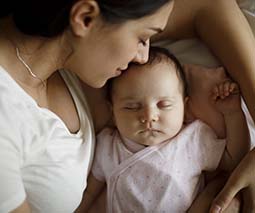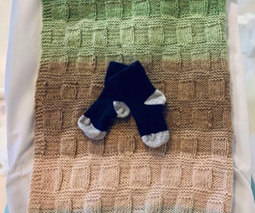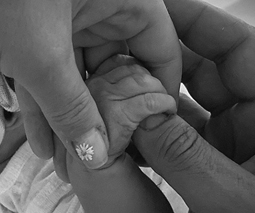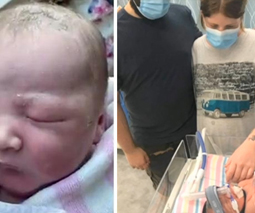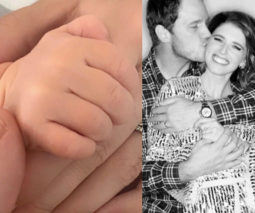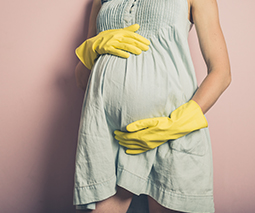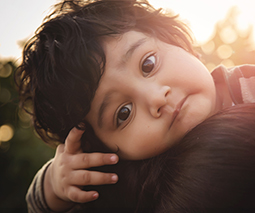Ready or not? Incredible ‘en caul’ birth shows how babies live in utero
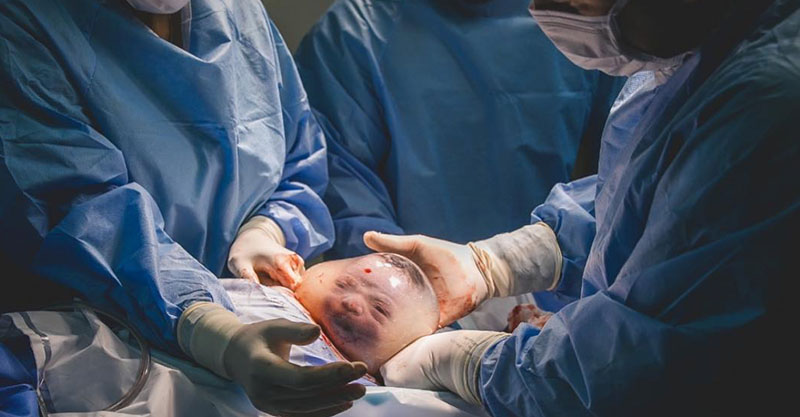
The miracle of an ‘en caul’ birth is beautifully captured in a new photo series.
Born in the birthing sac
In an en caul birth, a baby is born still neatly tucked up in the amniotic sac. They remain completely contained, as they were still in their mother’s uterus and it’s a miracle to behold.
Apparently this amazing phenomenon occurs in “fewer than 1 in 80,000 births”. Babies arrive in their special ‘birth bubble’ surrounded by amniotic fluid, limbs folded in and placenta still attached.
It’s a fascinating glimpse into how a baby grows and lives, and these new photos shared on Instagram by janabrasilfotografia capture the phenomenon perfectly.
Read more about these amazing births:
- Watch this triplet born ‘en caul’ (and not quite ready to face the world!)
- Miracle birth! Mum delivers her own en caul baby in her car
- Tiny twin enters the world “en caul” and we can’t tear our eyes away
This en caul baby – a little boy named Noah who was born earlier this year – looks like a tiny spaceman as he emerges from his mother via a c-section birth.
Images of another en caul baby – Maithê (below) – delivered by the same team shows how the birth sac is gently removed from the newborn.
How strange it must be for these little ones to emerge in their bubbles only to have it burst (however carefully!)
Caul vs En Caul
So, what’s the difference between caul babies and en caul babies?
Caul babies are delivered with only part of their amniotic sac still covering their face or body. These babies are sometimes described as being born with a veil or shirt or helmet. In these cases, different parts and different quantities of the birth membrane can attach itself to a baby in various ways.
En caul babies, are even more amazing. They are completely contained in their amniotic sac after birth. Doctors or midwives then pierce the membrane and the baby is set free and given some room to move.
Most of these very rare “en caul” babies are premmies, and experts say that ultimately planning “en caul” deliveries for very early babies – and leaving them in their amniotic sac for a little longer after the birth – could result in much better outcomes for vulnerable infants.

